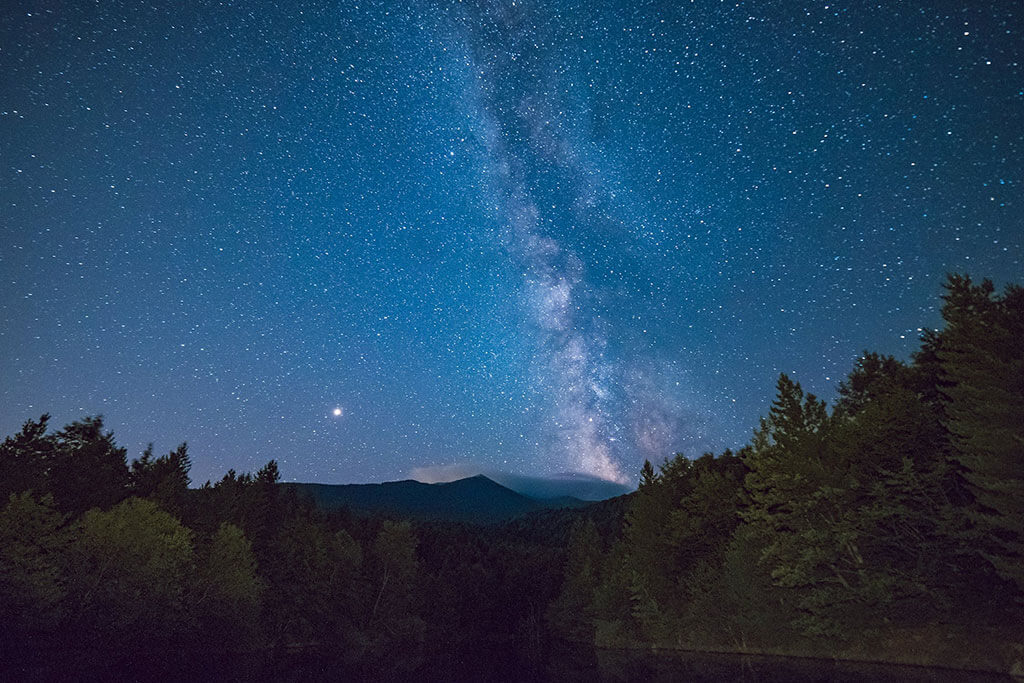
24
February
RASC Mississauga: Hunting Meteorites at the End of the World
Camping and working in the southernmost, coldest, highest, driest, windiest, least populated continent on Earth is no easy feat! Every year a team of meteorite hunters collects meteorites along the base of the Transantarctic Mountains. How do these explorers survive? What’s so special about these rocks? And why go all the way to Antarctica to find them? Come hear Dr. Marianne Mader, a participant of the 2012-2013 ANSMET (Antarctic Search for Meteorites) Program talk about her experience and then put yourself in her shoes by practicing a little meteorite hunting of your own!

1
March
Perimeter Institute: A New Era in Astronomy: Amber Straughn Public Lecture (WEBCAST)
The Hubble Space Telescope has completely revolutionized our understanding of the universe, and has become a beloved icon of popular culture.
As revolutionary as Hubble has been, we have pushed it to its scientific limits in many ways. Hubble’s successor, the James Webb Space Telescope, has been in the works for almost two decades and is scheduled to launch in late 2018. It will be 100 times more powerful than Hubble.

2
March
RCIScience/RASC Lecture: How Will We Eat on Mars? An Update on Life Support Research at the University of Guelph
If humans hope to ever get to Mars or farther, we will need to be able to grow food in space. The space travel environment produces unique challenges to growing food, including microgravity, limited water, artificial light sources and many more. Research at the Controlled Environment Systems Research Facility at the University of Guelph is showing us how to grow food in space and, in the process, is developing beneficial technologies for earth-bound farming.

3
March
SEDS-Canada: Ascension 2017 Conference
SEDS-Canada's annual conference is back with the theme "Paving the Way Beyond Earth." Ascension 2017 will be hosted by the University of Toronto Aerospace Team (UTAT).
Join SEDS-Canada at the University of Toronto, St. George Campus from March 3rd to 5th, 2017 for a weekend packed with workshops and talks given by international and local speakers from the space industry, academia, government and media.

12
November
Generator Toronto 2016: Chris Hadfield's The Explorers at Home
A science-based variety show aimed at blending knowledge, music and comedy

8
March
Speaker's Night: Tatooine's Future: Fates of Planets Circling Two Suns
Speaker: Keavin Moore, York University

10
March
Dunlap Institute: Astronomy on Tap T.O.
Quench your thirst for astronomy!
On Friday, March 10th, at The Great Hall! It'll be another fun evening of pints, astronomy news, mind-expanding talks, games, prizes, and Dunlap mechandise for sale!
Plus, following all the talks, there will be plenty of time for you to have all your cosmic questions answered by astronomers from the University of Toronto.

24
March
RASC Mississauga: Nature’s Supercolliders: Supernova remnants and how they are connected to our galaxy
The explosion of a star, or supernova, is one of the most extreme events in the universe, responsible for creating the heavy elements essential for life. The resulting fast moving shock wave, the supernova remnant, produces super high-energy particles called cosmic rays. Understanding the nature of the magnetic fields is crucial to understanding the extreme processes that produce these cosmic rays. This talk will describe Jennifer West's PhD research, which investigates the magnetic fields of supernova remnants and how they are connected to the magnetic field of our Galaxy.

22
March
Recreational Astronomy Night
Join us for our monthly recreational astronomy night meeting. This is where our members get to show their latest projects, or give tutorials and tips on just about everything to do with Astronomy. Talks start at 7:30, socializing starts at 7:00.

23
March
ASX Star Talk: The Algonquin Pulsar Project
Speaker: Prof. Ue-Li Pen, Canadian Institute for Theoretical Astrophysics
The Algonquin Radio Observatory (ARO), built in 1965, along with the Dominion Radio Astrophysical Observatory (DRAO) are the first to achieve long baseline interferometry (VLBI), whereby two single-dish telescopes are combined to provide the same resolution as a telescope the size of Canada.
